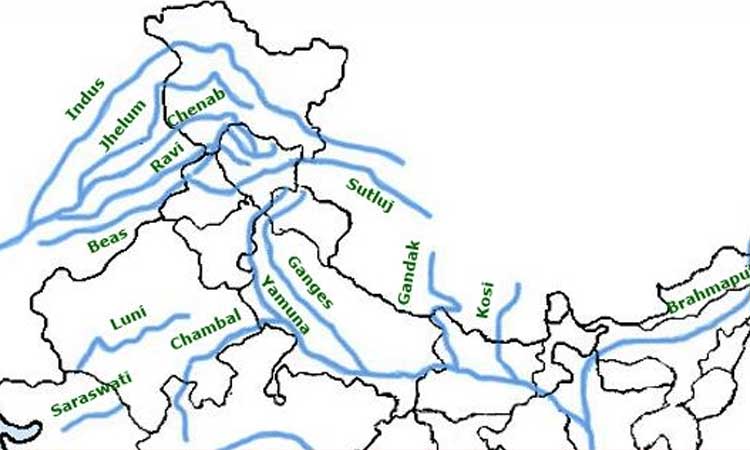
Reviving rivers: Revitalization Optimism, Community Participation, Government Regulations
The river ecosystem is a complex mosaic of the interaction of humans and interrelationship of the biotic (flora and fauna) and abiotic (hydrological, geomorphic) components in dynamic equilibrium. The ecological function of a river is linked to the hydrological variations in the river flow. The article is based on river rejuvenation needed in India and water resources affected by dumping many sources and pollutions in River basins. Read the whole article for an overall understanding of the River Rejuvenation Project. We will be discussing this step by step starting from the current scenario, then comes problems, and at last, solutions to overcome the situation.
Estimated that nearly 200 million Indians, about 15 percent of the country’s population, depend upon spring water from the Himalayas, Western Ghats, Eastern Ghats, Aravalli’s, and other such mountain ranges for domestic and livelihood needs.These spring water sources, however, are facing the threat of drying up. To address that, the Union Ministry of Jal Shakti Ministry has recently released a framework document that sets out a policy pathway to rejuvenate springs. The framework document notes that there is an urgent need to revive/regenerate springs – the source for drinking water, sanitation, and irrigation among the Himalayan population – and to ensure sustainable and equitable uses of the augmented groundwater resources in these mountainous regions.
The River Rejuvenation Project, which started in 2013 with the aim to provide a long-term and lasting solution, has revived 43 rivers in four states (Maharashtra, Karnataka, Tamil Nadu, and Kerala), benefitting 5,084 villages and 7 million + people benefited. Avoiding direct entry of domestic sewage and industrial effluents into the river will certainly improve the river’s health. But the flow of a river is its identity and the most significant variable of a river system. Besides performing various functions, it gives self-cleaning and healing powers to a river. Thus, river rejuvenation broadly calls for an optimal freshwater flow through the river system during different seasons. The rejuvenation of a river is best achieved by ensuring environmental flow in the river. Also, emphasize the estimation of river recovery potential and path along with threshold conditions.
Rivers are places that renew our spirit, connect us with our past, and link us directly with the flow and rhythm of the natural world.- Ted Turner
India faces a critical challenge inimproving the productivity of drinking fresh water. No socio-economic development or even political stability will ever be possible without ensuring an uninterrupted supply of quality potable water. It is therefore clear that river rejuvenation will need to be distributed across the country. In other words, we will need to capture rainwater, where it falls, over vast parts of the country so that we can provide local water security and recharge every well. Spring discharge is reported to be declining due to degradation and erratic trends in precipitation. Lack of knowledge, understanding, and awareness on springs has further compounded the problem while also inducing elements of conflicts and haphazard development.
Solutions for river rejuvenation can assess through the Identification of problems related to river health- care, issues, and concerns. Planning and assessment need to be done in different phases for treatment. Be focused on the ridge to valley approach. Promote cleaning Ghats, rivers, and tributaries. Consultation and development of a road map and formation of a core team like; management, technical, and communication must be implemented. Survey of the river sites and measurement and preparation of detailed project report (technical and financial). Prioritization of measurement and implementation. Monitoring of the implementation and documentation.A process-based understanding of the river basin ecosystem will facilitate the sustainable exploitation of water resources.
Our team of experts understands the exact requirements and needs of the customers and offers then customized solutions that are efficient and cost-effective as well.In order to maintain high-quality standards, each of our products goes through a series of stringent checks based on various predefined quality parameters under the supervision of a team of highly experienced quality analysts at various stages of manufacturing and also during the dispatch of the products from the manufacturing unit.
Localized river rejuvenation is a cost-effective approach, and more importantly, local water management–harvesting and recharging groundwater where it falls–can only be done through community participation. The central government has issued many points in the whole country directive, including cordoning off Ghats and imposing a fine of Rs. 50,000 to prevent the immersion of idols in the rivers or their tributaries during festivals, including Dussehra, Diwali, Chhath, and Saraswati Pooja. The planners and policymakers should necessarily integrate the concept of environmental flow with water resources development strategy. The government also realizes that all developments, including raising the people's health index, depending on the availability of quality water. That is why the renewals approach to give a fillip to protecting rivers and rejuvenating has been adopted.
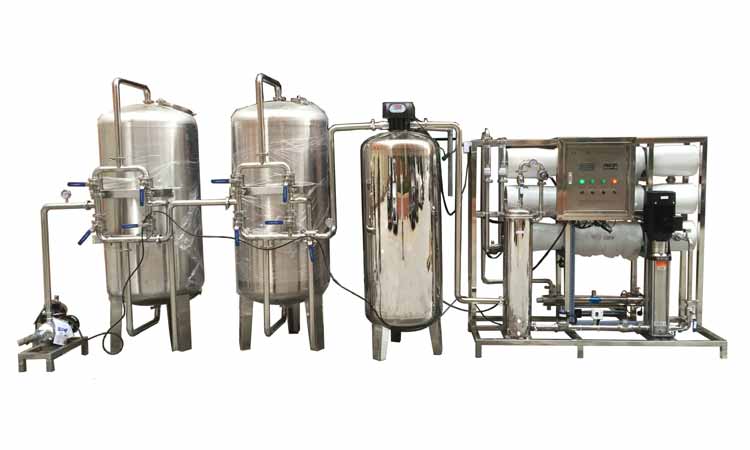
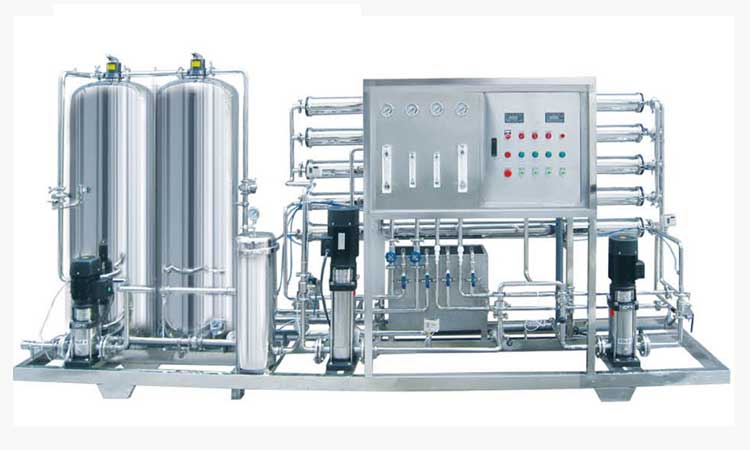
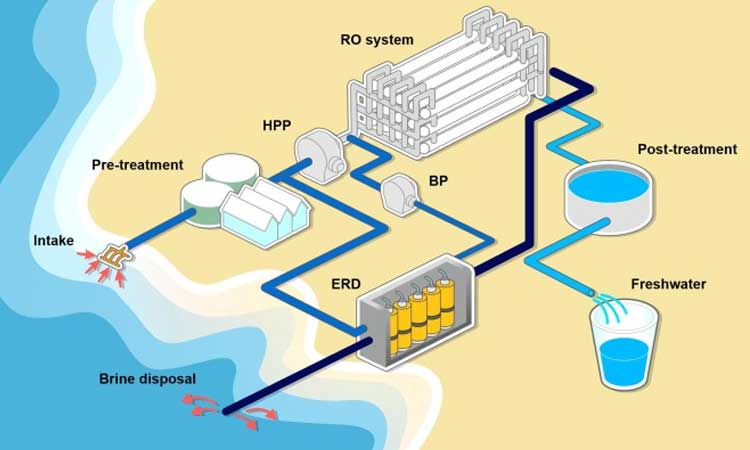
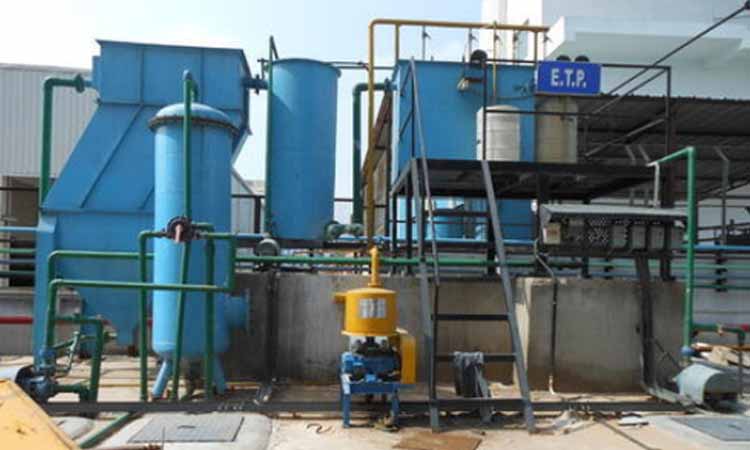
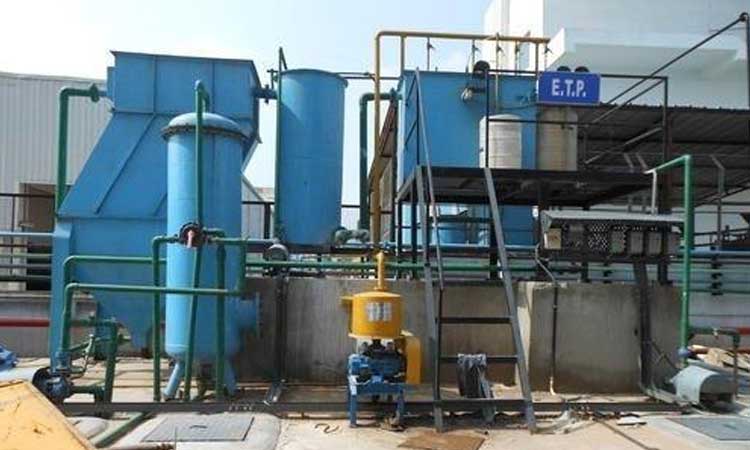
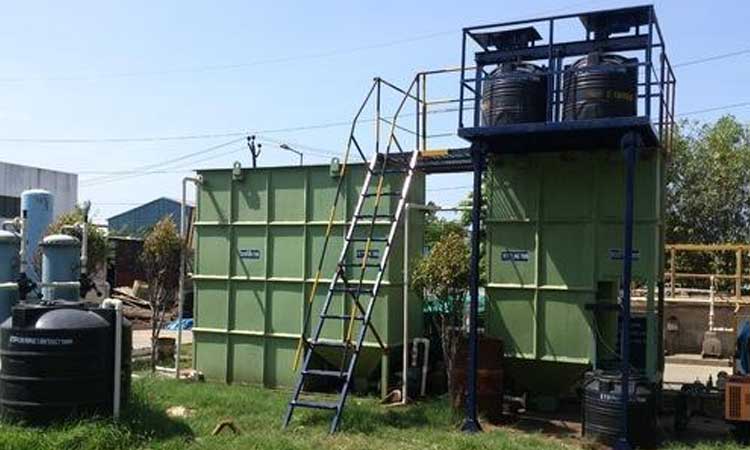
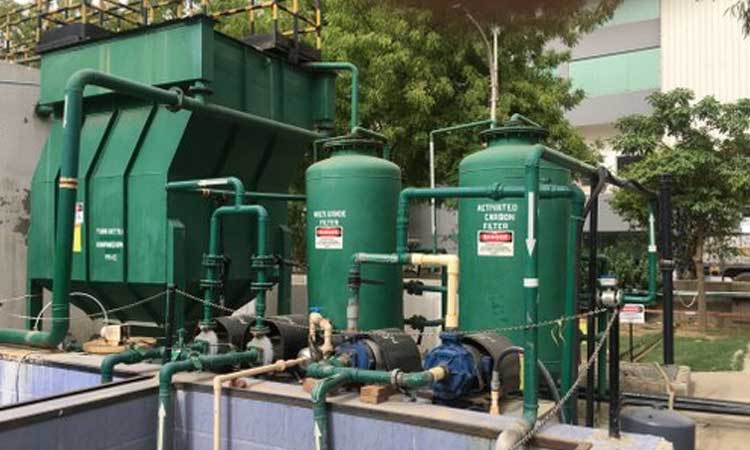

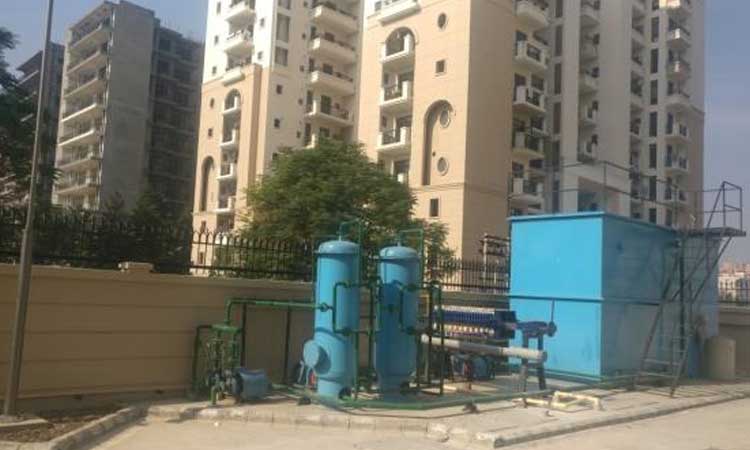
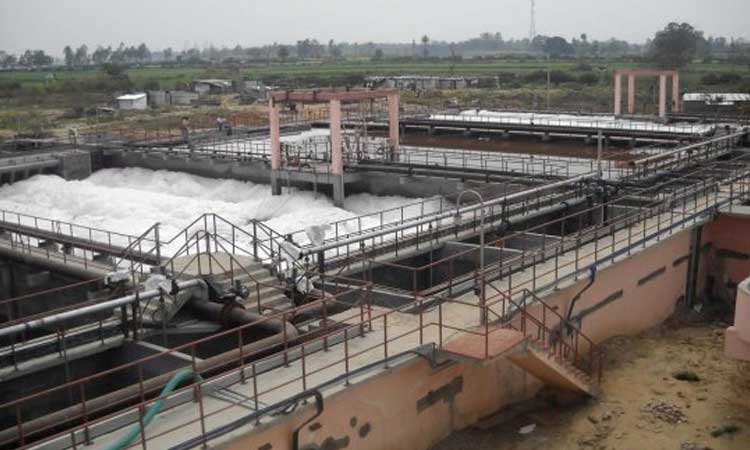
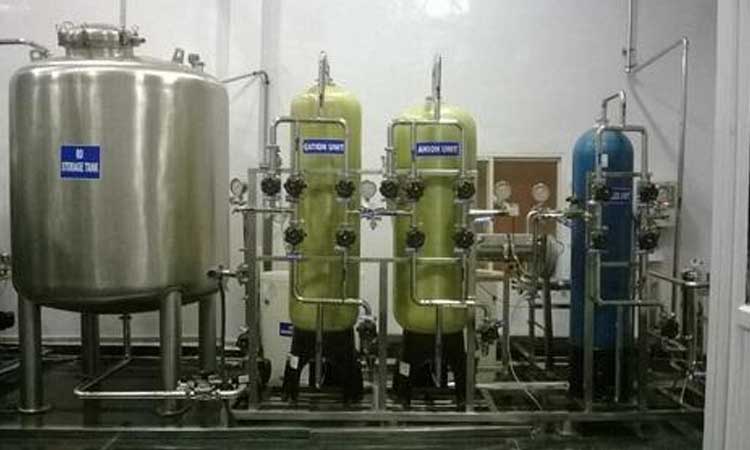

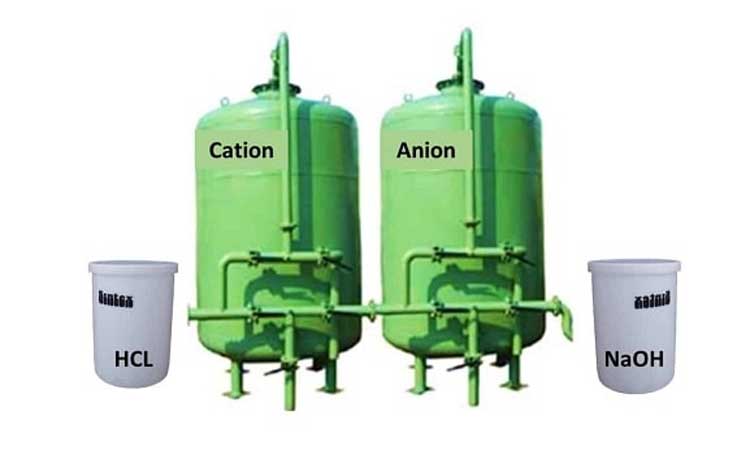


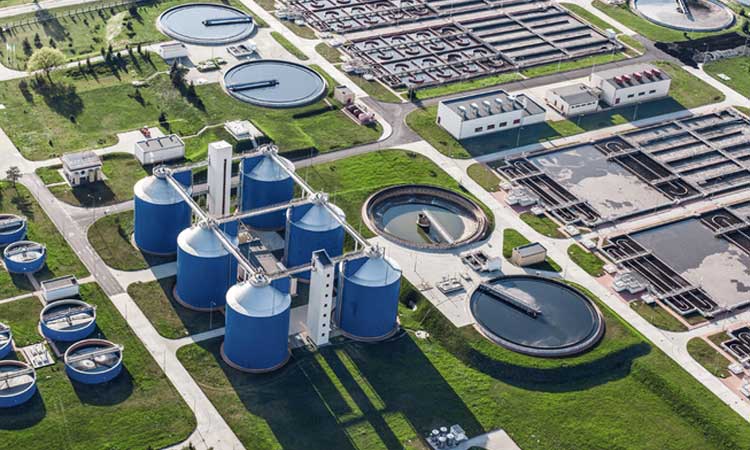
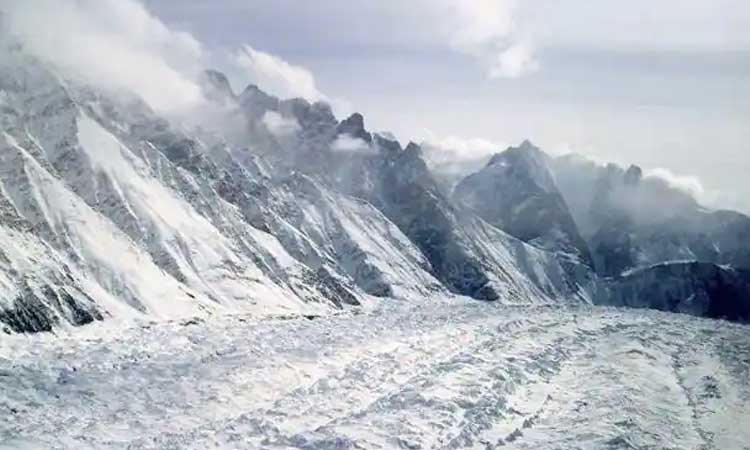
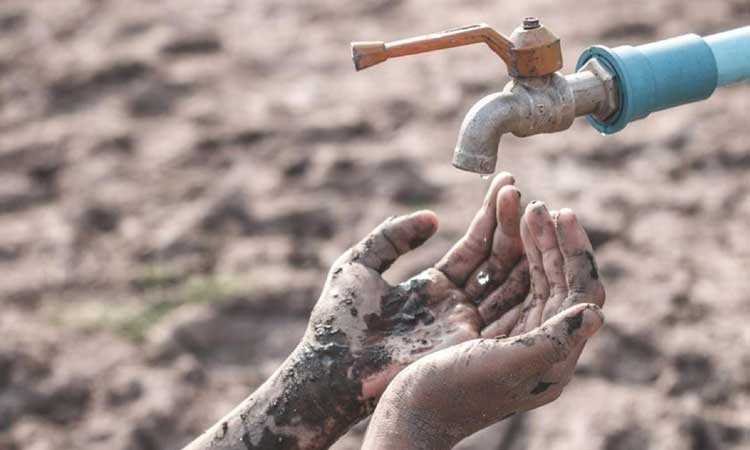
Comments
Art of living's river rejuvenating program is a step towards the cleaning of our most sought-after natural resources.
A river is said to be “rejuvenated” when it is eroding the landscape in response to a lowering of its baselevel. The lowering of the base level is either the result of a drop in sea level or an upward elevation of the landmass.
River rejuvenation occurs when there is a fall in sea level and therefore a fall in river base level. This causes increased energy and increased erosion in the river.